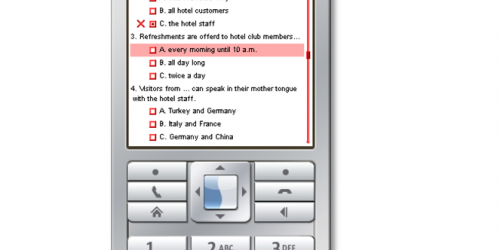Description
The NOAH system exploits an “Internet of Things” approach, with dedicated home sensors suitable for capturing expressive features of daily living activities in a non-intrusive fashion. Specific attention is paid at usability concerns, with emphasis on ease of deployment and low costs. Sensors connects straightforwardly to the home Wi-Fi network, avoiding the need of dedicated sensor networking and requiring no aggregator node. At the back end, a commercial cloud infrastructure is exploited to gather data, allowing for scalability and lowing home installation costs. On the cloud, machine learning techniques are exploited to transform raw data continuously flowing from sensors into meaningful information: trends, anomalies, alerts. The system is inherently adaptive, not involving predefined thresholds or ranges. By following a user-centric approach, specific apps are designed for the end-user and caregivers. A control dashboard is made available to care systems, to allow for integration of NOAH services into current care practices.
Objectives
The NOAH project aims at developing innovative continuous monitoring techniques, based on non-intrusive home sensors and on advanced data analytics techniques.
By monitoring behavioural features in daily living activities, user-specific activity profiles are worked out. Changes (either abrupt or slowly developing), possibly related to health or wellness issues, can thus be detected in a fully automatic fashion, relieving the caregiver from the sensor-data interpretation burden. Differentiated feedbacks are given to the end-user, the caregiver and the care system.
Expected results and impact
NOAH is expected to provide the end-user and his relatives with more detailed insights and awareness, with the ability of early detecting meaningful trends or events. To the formal caregiver and the care providers, the augmented knowledge about users’ current needs can profitably integrate into care routines, providing prioritising tools and alerts coming from continuous monitoring. To the healthcare system, continuous monitoring and early anomaly detection should support effective prevention strategies, resulting in avoiding or reducing hospitalisation and improving end-user’s quality of life.
Partners








Gallery




















